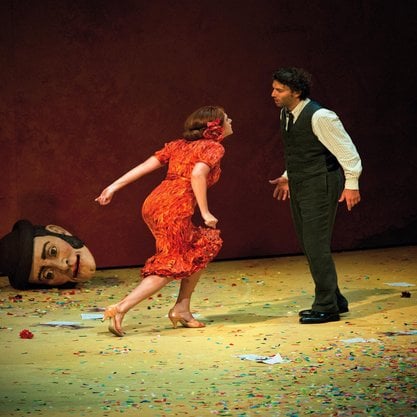Article
Ziegfeld Follies (1907–1931) By Schweitzer, Marlis
Article
Named after its founder, Broadway impresario Florenz Ziegfeld (1867–1932), and inspired by the Folies Bergères in Paris, the Ziegfeld Follies (1907–1931) remains one of the most celebrated American revues of the 20th century. Its brisk pace, ripped-from-the-headlines content, popular songs, and innovative designs, combined with its regimented display of beautiful, young, white female bodies made it a distinctly modern entertainment form. Each instalment of the Follies offered a series of acts, ranging from solos and comedy routines to full-company dance numbers and fashion spectacles. In keeping with the revue format, the theme and narrative varied from year to year, but the show consistently offered a rapid-fire ‘revue’ or review of current events, hit Broadway plays, technological innovations, and other modern developments.



